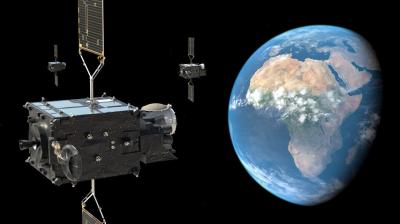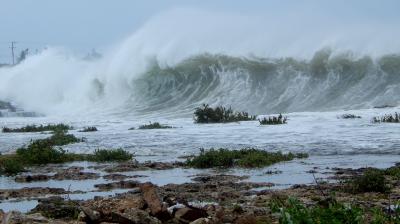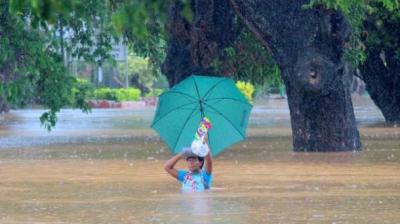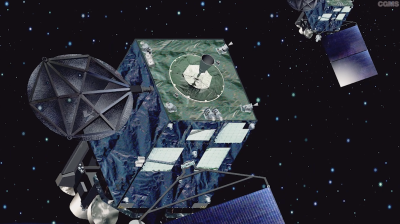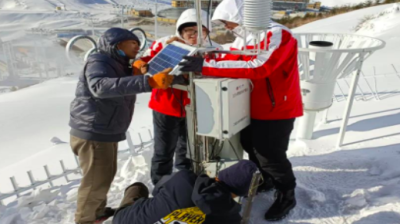South Asian forecasters are trained in flash floods warnings
A global initiative to improve early warnings of flash floods – one of the deadliest natural hazards _ has advanced in South Asia, just as the region is hit by unusually heavy monsoon rains and floods. The India Meteorological Department (IMD), Regional Center of South Asia Flash Flood Guidance System, conducted an online training from 8 to 10 July 2020 for 130 forecasters from Bhutan, Bangladesh, India, Nepal and Sri Lanka.
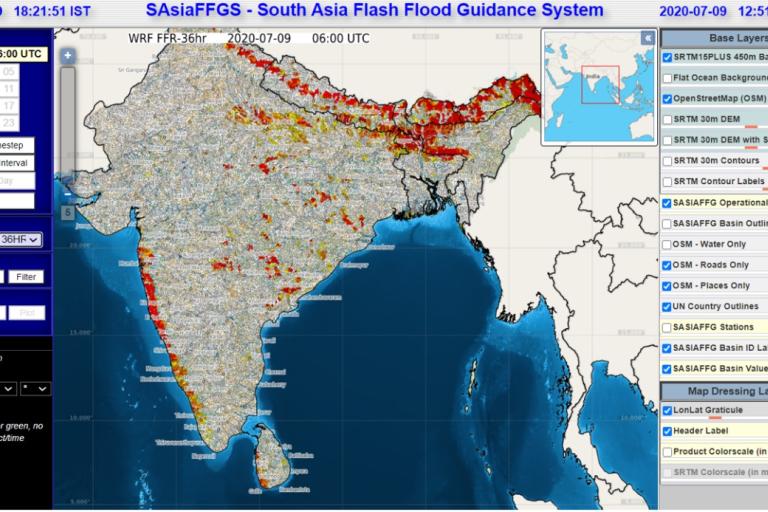
A global initiative to improve early warnings of flash floods – one of the deadliest natural hazards _ has advanced in South Asia, just as the region is hit by unusually heavy monsoon rains and floods.
The India Meteorological Department (IMD), Regional Center of South Asia Flash Flood Guidance System, conducted an online training from 8 to 10 July 2020 for 130 forecasters from Bhutan, Bangladesh, India, Nepal and Sri Lanka.
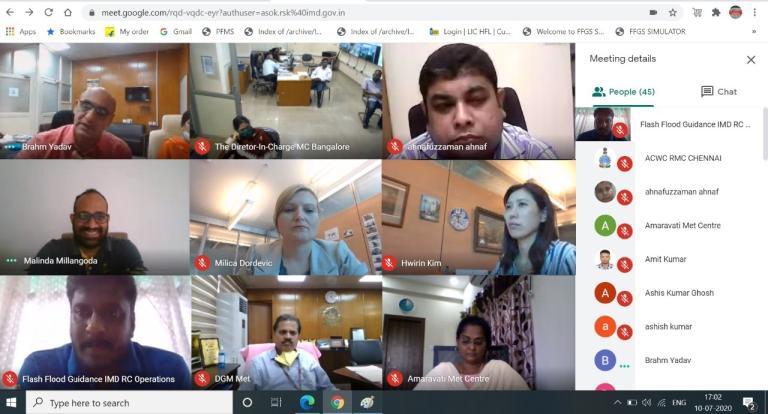
Flash floods and riverine floods contribute to major loss of life and property in South Asia during the monsoon season. Currently many Indian states in the Eastern Himalayan region are facing severe flood situations in major river basins.
“Thousands of people die in riverine and flash floods. Many of them could be saved by improved early warnings, information about the risks of these sudden-onset events and better water resource management. The training program is very important to ensure that the Flash Flood Guidance System is established and sustained for the Regional and National Centers in South Asia, which is a region prone to natural hazards such as flash floods, riverine floods and tropical cyclones.” said Hwirin Kim, Head of WMO Hydrological and Water Resources Services Division.
The IMD three-day training, held virtually because of the COVID-19 pandemic, provided hands-on exercises and shared recent case study analysis from participating countries. A 30-day operational online Information Technology training is also being given to 15 selected experts to ensure that the system is sustainable.
IMD provides value-added quantitative precipitation forecasts for the 153 flood-prone river basins through its 14 flood meteorological offices established across the country. A two-day online training programme 1 and 2 July 2020 was successfully conducted for 50 forecasters by IMD’s Hydromet Division, for improving the flood meteorological services of the country.
“These ambitious services and new initiatives have become a reality in this monsoon season and will definitely help in its sustainability in future,” said Dr. Mrutyunjay Mohapatra, Director General of IMD.
“These trained forecasters will start operations across the region at local level for the whole flood season with the support and guidance of Regional Centre at New Delhi,” said B P Yadav, Deputy Director General (Hydromet) & Head of Regional Operations of the South Asia Flash Flood Guidance System.
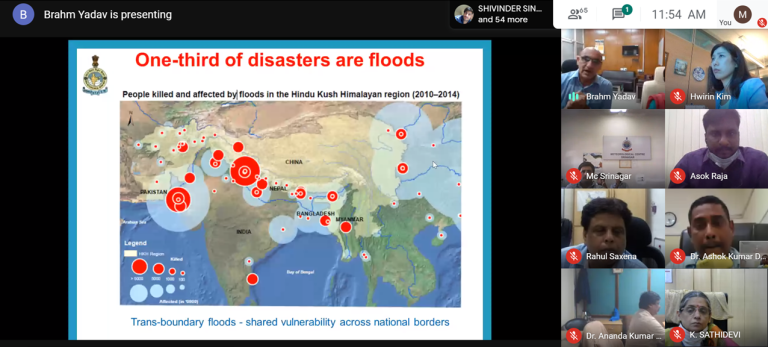
The World Meteorological Organization is working together in partnership with U.S. National Oceanic and Atmospheric Administration, the Hydrologic Research Center and U.S. Agency for International Development/Bureau for Humanitarian Assistance on developing and implementing Flash Flood Guidance System (FFGS) with Global coverage.
Flash floods cause more than 5,000 deaths worldwide annually, exceeding any other flood-related event. They have enough power to change the course of rivers, bury houses in mud, and sweep away or destroy whatever is on their path.
They are among the world’s deadliest disasters and result in significant social, economic and environmental impacts. Accounting for approximately 85% of the flooding cases, flash floods also have the highest mortality rate.
As the global population increases, especially in urban areas, and societies continue to encroach upon floodplains, the need for flash flood early warning systems becomes more paramount.


